Recent Posts
Welcome + Using this website
Use sideways arrows to scroll through featured posts above. See recent posts here and below. Use search function and menus for all other content.
Protected: preview
There is no excerpt because this is a protected post.
Alt-Right Masculinities: an analysis
The alt-right is disproportionately young and male, and is having a large impact on culture and society overall. Understanding more of what it is about is important, and the following analysis can help with that.
Actions for Gaza at the US embassy in Ottawa
We brought the Open Letter written to the President and VP from USA medical professionals who’ve served in Gaza, to…
Native People’s Caravan, 50th anniversary
September 30th marks 50 years since the Native People’s Caravan arrived at Parliament Hill. The anniversary may not be widely recognized, but the memory is important to keep alive.
List of Responses to Capital Pride’s Statement in Solidarity with Palestine
A crowd-sourced list of the various statements and positions taken by organizations, public institutions, elected officials, and others…
Letter: Police targeted the wrong people at CANSEC convention (Ottawa Citizen)
The “Crimes Against Humanity and War Crimes Act” is Canada’s application of international law. Some of these weapons manufacturers and clients attending CANSEC are sure to meet the law’s criteria for prosecution and/or deportation.
“Enclosures of Possibility: The University & the Encampment” pamphlet, and other zines by students for Gaza
A collection of items for printing: for People’s Libraries, for info-tabling, for hand-to-hand distro, for conversations – for liberation.
Recordings of WKCR-FM student radio: NYPD raid Columbia U occupation for Palestine
There IS an archive of the exceptional audio coverage from the student journalists at WKCR-FM!
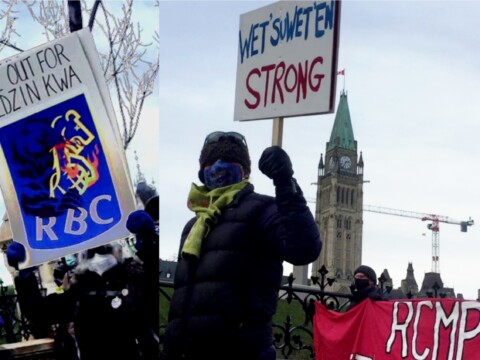

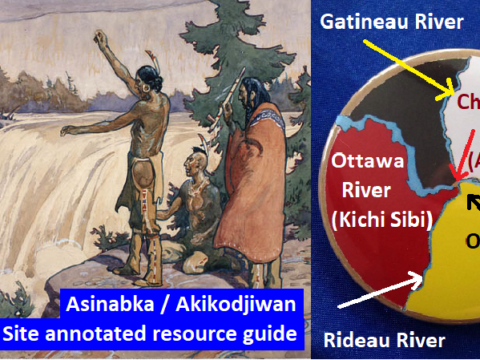
![Addressing the Epidemic Crises of Indigenous Suicide in Canada [with PDF, Audio, Video, Resources]](https://EquitableEducation.ca/wordpress/wp-content/uploads/Indigenoussuicidecrises-bannerimage-1-480x360.jpg)
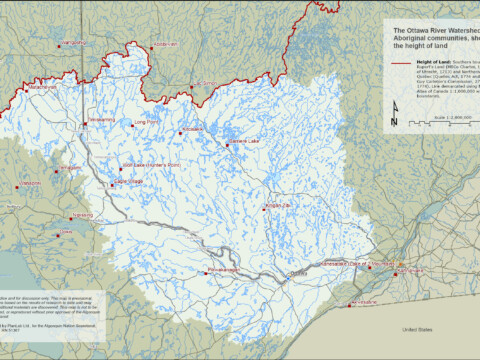
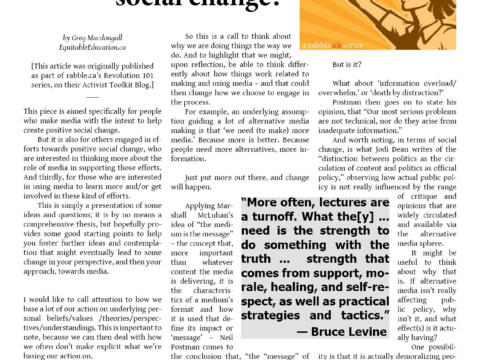
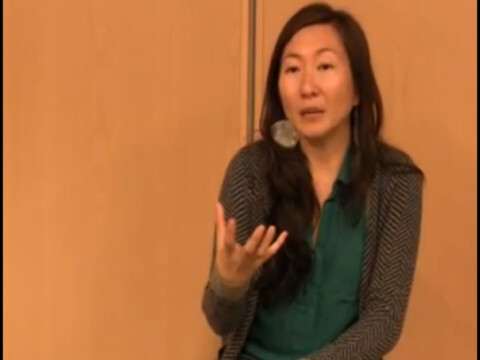


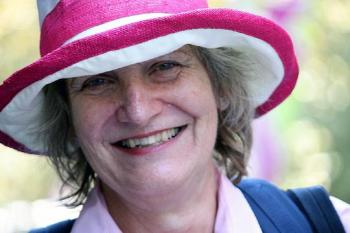

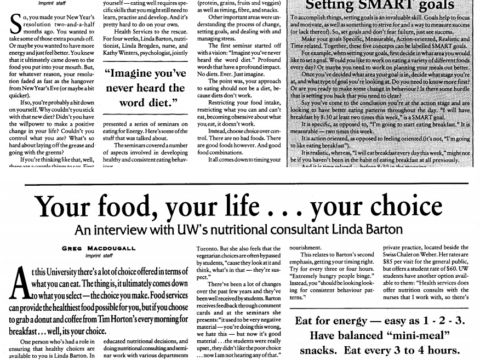




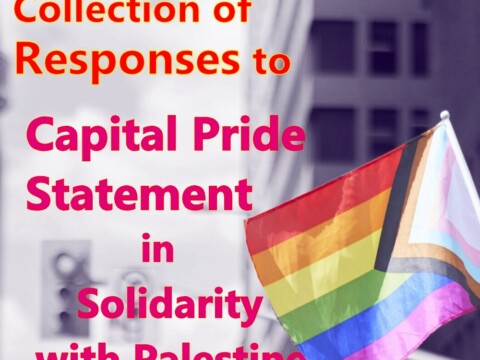


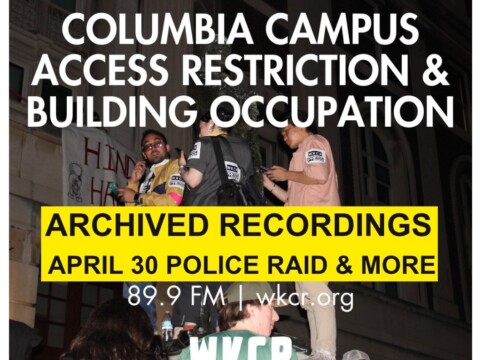
 Interdependent media & in-person learning opportunities for those who are inspired to be part of movements for social justice.
Interdependent media & in-person learning opportunities for those who are inspired to be part of movements for social justice.
Latest comments